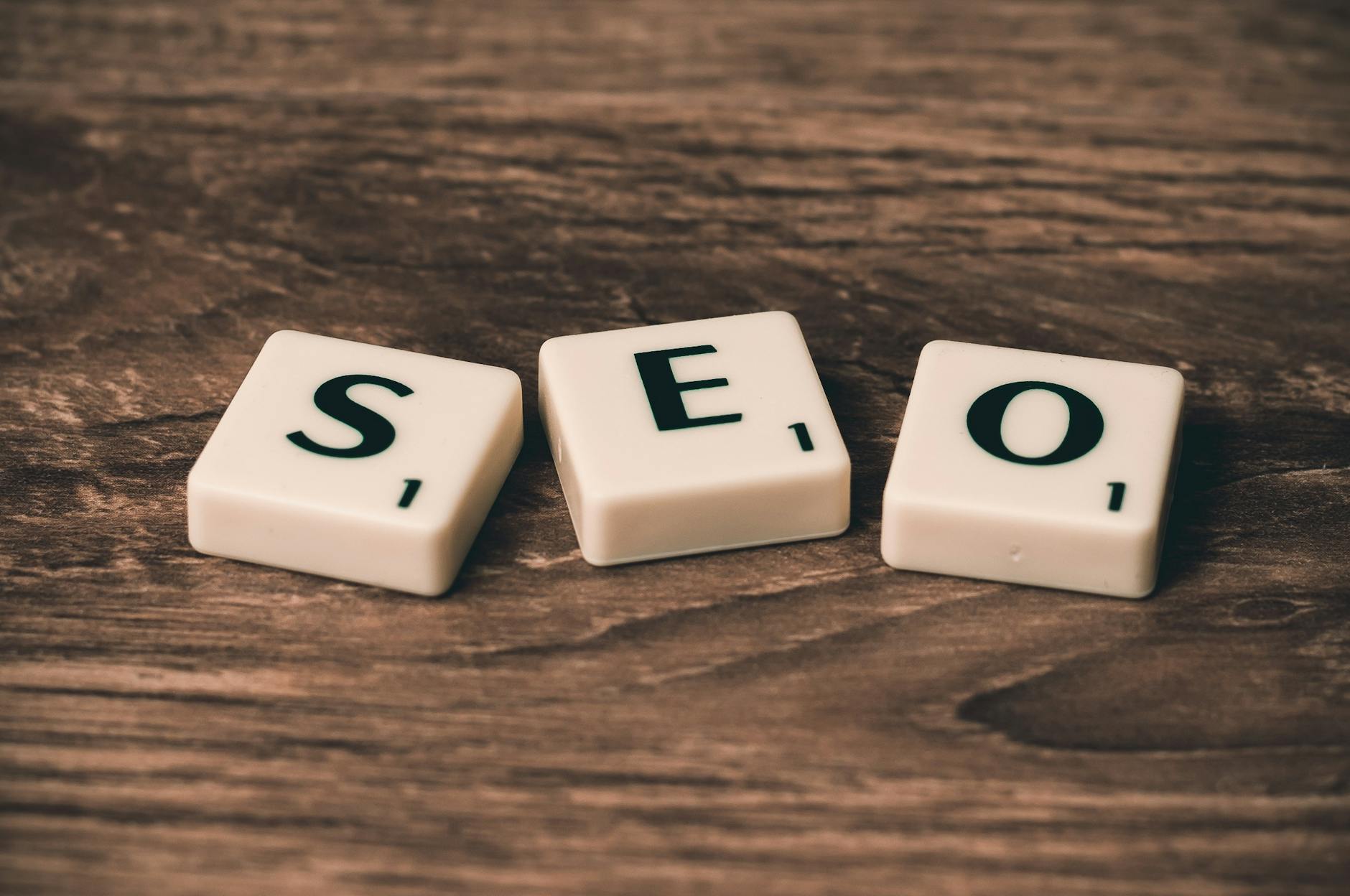*This article is an English translation of a Japanese article.
To reach a broad audience, implementing SEO (Search Engine Optimization) strategies is essential. At the same time, creating an accessible website is equally important for users with disabilities or those who use assistive technologies. A crucial tool for achieving accessibility is ARIA (Accessible Rich Internet Applications) attributes, which make it possible for screen readers to effectively communicate web content to visually impaired users. This article explores the relationship between SEO, ARIA attributes, and screen reader compatibility, and provides best practices for leveraging them to create an accessible website.
What Are ARIA Attributes?
ARIA attributes are technical specifications developed by the W3C (World Wide Web Consortium) to improve web accessibility. ARIA attributes enhance standard HTML elements, providing additional information to screen readers so users can better understand and navigate the content.
Examples of ARIA Attributes
aria-label: Sets a label on elements like buttons or links, allowing screen readers to announce a more descriptive name.aria-hidden: Hides elements from screen readers, preventing non-essential content from being announced.aria-live: Specifies that changes in the page’s content should be announced to screen readers, especially useful for dynamic updates like chat messages or notifications.
The Relationship Between SEO and ARIA Attributes
ARIA attributes primarily enhance screen reader experiences, with little direct influence on SEO rankings. However, using them in conjunction with well-structured HTML tags, like <h1> to <h6>, can improve both SEO and accessibility. Structuring content with clear heading tags, anchor text, and ARIA attributes not only aids accessibility but can also reduce user bounce rates, thereby positively impacting SEO.
Implementing ARIA attributes effectively can improve the website experience for screen reader users and, in turn, help reduce user drop-off rates, enhancing the site’s value to search engines.
Leveraging ARIA Attributes for Screen Reader Compatibility
Screen readers use ARIA attributes to interpret visual elements and provide context to users. Through these attributes, developers can enhance user experience by ensuring non-visible or dynamic information is clearly presented. Here are some examples of ARIA attributes to enhance screen reader compatibility.
-
Use
aria-labelto Describe Links and Buttons
When a button or link text alone doesn’t fully convey its purpose, add anaria-labelfor clarification. For instance, applyingaria-label="Open menu"to an icon button will enable screen readers to announce “Open menu,” even though the button might only display an icon visually. -
aria-livefor Dynamic Content Notifications
For dynamic elements such as live news feeds or chat updates,aria-livehelps notify users of new content without interrupting other interactions. Settingaria-live="polite", for example, allows updates to be announced without disrupting the user’s activity. -
Use
roleAttribute to Define Element Roles
Adding aroleattribute clarifies an element’s purpose to screen readers. Settingrole="navigation"on a menu section, for instance, will prompt screen readers to announce “Navigation,” improving structural clarity. -
Add
aria-describedbyfor Additional Explanations
When elements require additional clarification,aria-describedbycan link to a text description, providing screen reader users with helpful context without adding visible text on the page.
Best Practices for Using ARIA Attributes
While ARIA attributes improve accessibility, using them improperly can cause confusion. For decorative elements, use aria-hidden="true" to avoid redundant information being read aloud. Similarly, overusing aria-live can overwhelm users with unnecessary notifications, so it’s essential to use it carefully based on context.
Enhancing Accessibility and SEO Site-Wide
Integrating ARIA attributes and screen reader compatibility enhances accessibility, indirectly supporting SEO by creating a better user experience. Accessible websites see higher engagement, lower bounce rates, and improved search engine rankings. Ultimately, optimizing accessibility and SEO simultaneously contributes to a more inclusive, user-friendly website.
By considering both SEO and accessibility in website development, you’ll create a more usable and valuable resource for a diverse audience. Incorporating ARIA attributes to support screen reader compatibility enables you to meet accessibility needs while benefiting SEO.
We have released the UUU Web Accessibility Widget Tool, designed to make web accessibility easy to implement. This tool helps improve the accessibility of websites quickly and efficiently, even without specialized knowledge.
If you’re interested in enhancing your website’s accessibility, please check out the details. We are here to support you in making your website more user-friendly and accessible to a wider audience.
